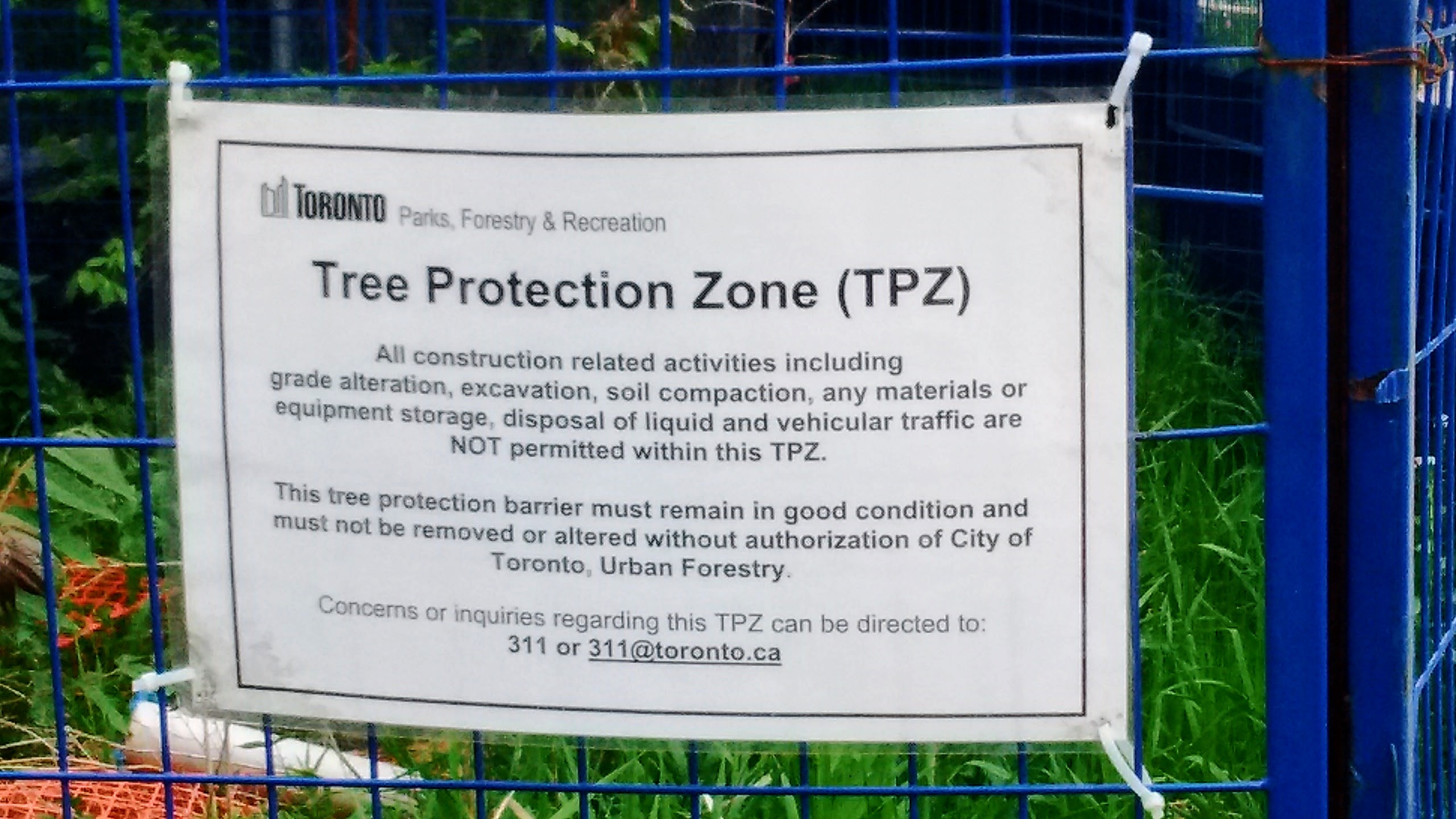
The Don Valley Parkway/Parking Lot
This podcast scared the living daylights out of me: “Are exhausts causing dementia?” Vehicle emissions are the source of magnetite nanoparticles go right up our noses and onto our brains. When I think about what I breathe in everyday on my bike into the city I start imaging the reason I forgot my keys was because of what I am inhaling.
The only silver lining in the podcast was around 9:10 (or 3/4 through the 12 minute podcast) where Prof. Imad Ahmed, an environmental geochemist, discusses how street trees can help. I’ve talked about the urban heat island benefits of street trees before and Autocase for Green Infrastructure calculates the benefits of vegetation on criteria air contaminants:
“The air pollutants addressed in AutoCASE include nitrogen dioxide (NO2), ozone (O3), sulfur dioxide (SO2), and particulate matter of aerodynamic diameter of two-point-five micrometers or fewer (PM-2.5).”
… but this is a whole new type of pollution.
Since we seem entirely unable to reduce the number of cars or how often they are driven, let’s plant more street trees.

The City of Toronto understands the value of a tree
If you’d like to be even more spooked, you can read more about “metal-oxide nanoparticles“:
“We identify the abundant presence in the human brain of magnetite nanoparticles that match precisely the high-temperature magnetite nanospheres, formed by combustion and/or friction-derived heating, which are prolific in urban, airborne particulate matter (PM). Because many of the airborne magnetite pollution particles are <200 nm in diameter, they can enter the brain directly through the olfactory nerve and by crossing the damaged olfactory unit. This discovery is important because nanoscale magnetite can respond to external magnetic fields, and is toxic to the brain, being implicated in production of damaging reactive oxygen species (ROS). Because enhanced ROS production is causally linked to neurodegenerative diseases such as Alzheimer’s disease, exposure to such airborne PM-derived magnetite nanoparticles might need to be examined as a possible hazard to human health.” Barbara A. Maher, Imad A. M. Ahmed, Vassil Karloukovski, Donald A. MacLaren, Penelope G. Foulds, David Allsop, David M. A. Mann, Ricardo Torres-Jardón, and Lilian Calderon-Garciduenas, “Magnetite pollution nanoparticles in the human brain” PNAS 2016 113 (39) 10797-10801; published ahead of print September 6, 2016, doi:10.1073/pnas.1605941113 https://www.pnas.org/content/113/39/10797.abstract
and,
“Because of their combination of ultrafine size, specific brain toxicity, and ubiquity within airborne PM, pollution-derived magnetite nanoparticles might require consideration as a possible AD (Alzheimer’s disease) risk factor. In addition to occupational settings [including, for example, exposure to printer toner powders], higher concentrations of magnetite pollution nanoparticles are likely to arise in the indoor environment from open fires or poorly sealed stoves used for cooking and/or heating, and in the outdoor environment from vehicle (especially diesel) and/or industrial PM sources.”

A street tree that inhaled too many magnetite nanoparticles?
“In Canada, 77.8 per cent of the driving-age population owns a vehicle, versus 96.3 per cent in the United States – and U.S. ownership has been higher than 100 per cent in recent years” – let’s plant more street trees and I’ll remember my keys.
0 Comments